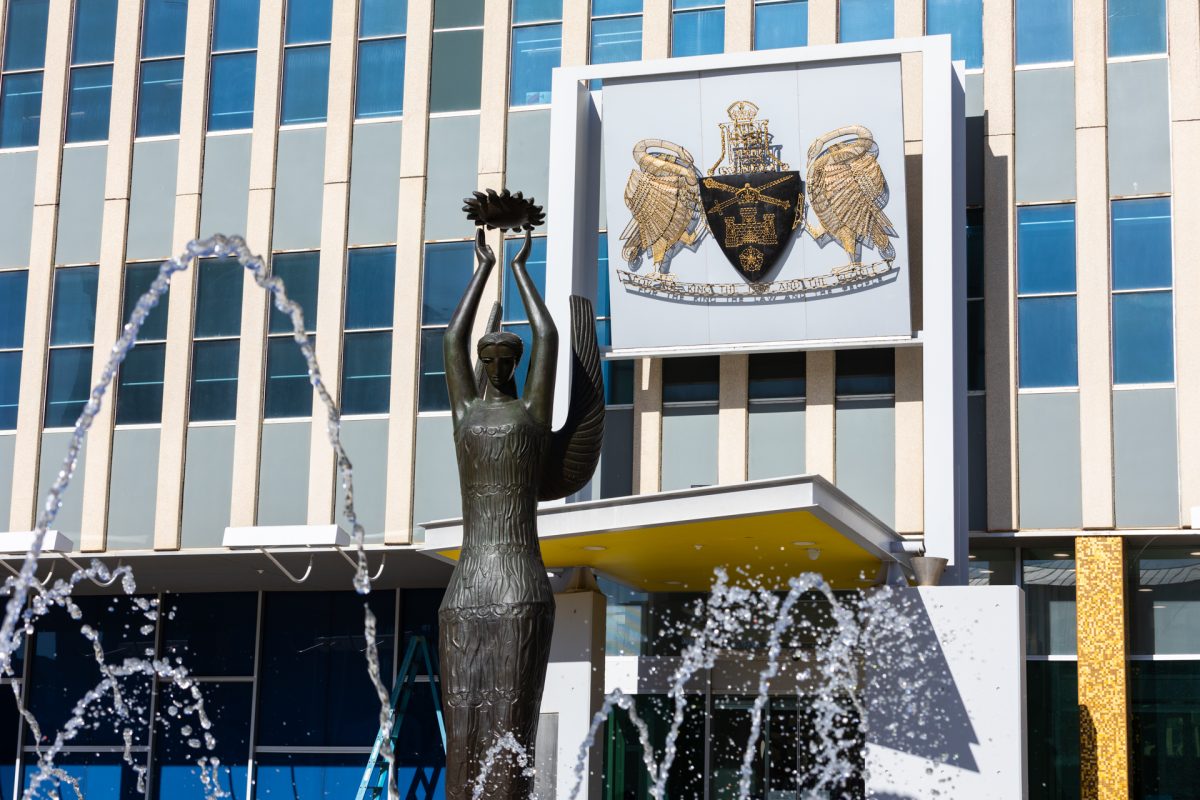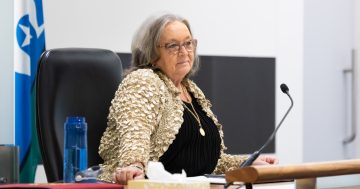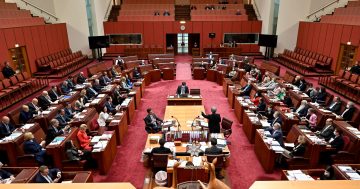
The Legislative Assembly building in Civic. The 25 MLAs will be stretched to do their jobs properly. Photo: Michelle Kroll.
Chief Minister Andrew Barr wasn’t going anywhere near it, but this election outcome only adds to the argument that the ACT needs a bigger Legislative Assembly.
The thought of more pollies on the payroll is enough to give many people conniptions, but the formation of a Labor minority government and subsequent ministerial allocation shows that the ACT just doesn’t have enough MLAs to share the load.
Out of the 10 Labor members, eight will be ministers with most covering four or five portfolios.
Mr Barr has only two, but we can cut him some slack given he’s the boss. Same for his deputy, Yvette Berry, with three.
However, all of them will have constituents to serve, as well as some pitching in on committees, although Mr Barr said the two new MLAs will be doing a lot of that work.
Where will they find the time to stay in touch with their electorates, take up local concerns and resolve problems?
For ministers, the juggle of portfolios means their capacity to be across the detail in each is limited, making them dependent to a certain extent on the advice from directorates.
As Labor discovered last term, that advice can’t always be relied on.
It’s only been eight years since the size of the Assembly was increased to 25 members, but in that time the city has grown enormously in population, size and complexity.
That growth is set to continue, with Molonglo to be filled out, including a new town centre, along with the new suburbs in Gungahlin, not to mention the infill.
That means MLAs’ jobs are going to become even harder if they are to be done properly.
The Opposition has only nine members, who will have to cover their opponents, while on the crossbench, the Greens, with just four, will be endeavouring to do the same. Those sorts of numbers show how tough it is to hold any government to account.
Part of the challenge is the hybrid nature of the Territory government, which has to administer municipal services as well as the bigger state-like responsibilities of health and education, and provide big-ticket infrastructure items such as hospitals and light rail.
Canberra is a city-state that also has a significant role as the national capital.
The Assembly can battle on for another term or even two, but eventually, the burden will become too much and be a deterrent to attracting quality members.
How many MLAs would be optimum for the ACT? Seven-member electorates would furnish 35, as in Tasmania, which also uses the Hare-Clark system and is comparable in population.
Maybe another electorate could be carved out of Murrumbidgee based on the Molonglo Valley, with the most populous electorate given another MLA to provide the necessary odd number. Or there could be seven five-member electorates.
Whatever the formula, this question should be addressed sooner rather than later.
Mr Barr is adamant that won’t be in this term.
“There are no plans to increase the size of the Assembly, but at some point in the future, perhaps when Canberra’s population has well exceeded half a million people, there may well be a debate about whether more Assembly members are required, but I just need to be clear, there will be no moves to increase the size of the Assembly in this parliamentary term,” he said.
But it would be better to be prepared and ready to make the transition than having to wait longer when the strain is obvious.





















